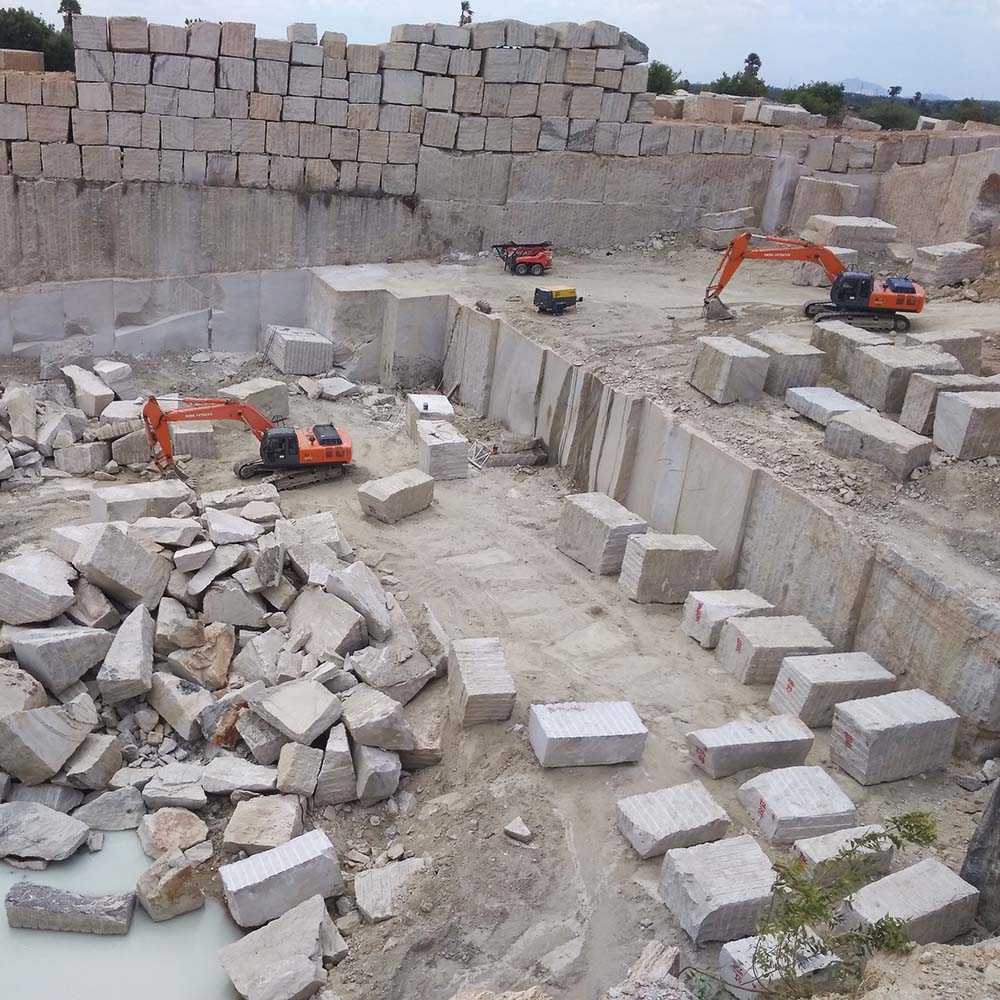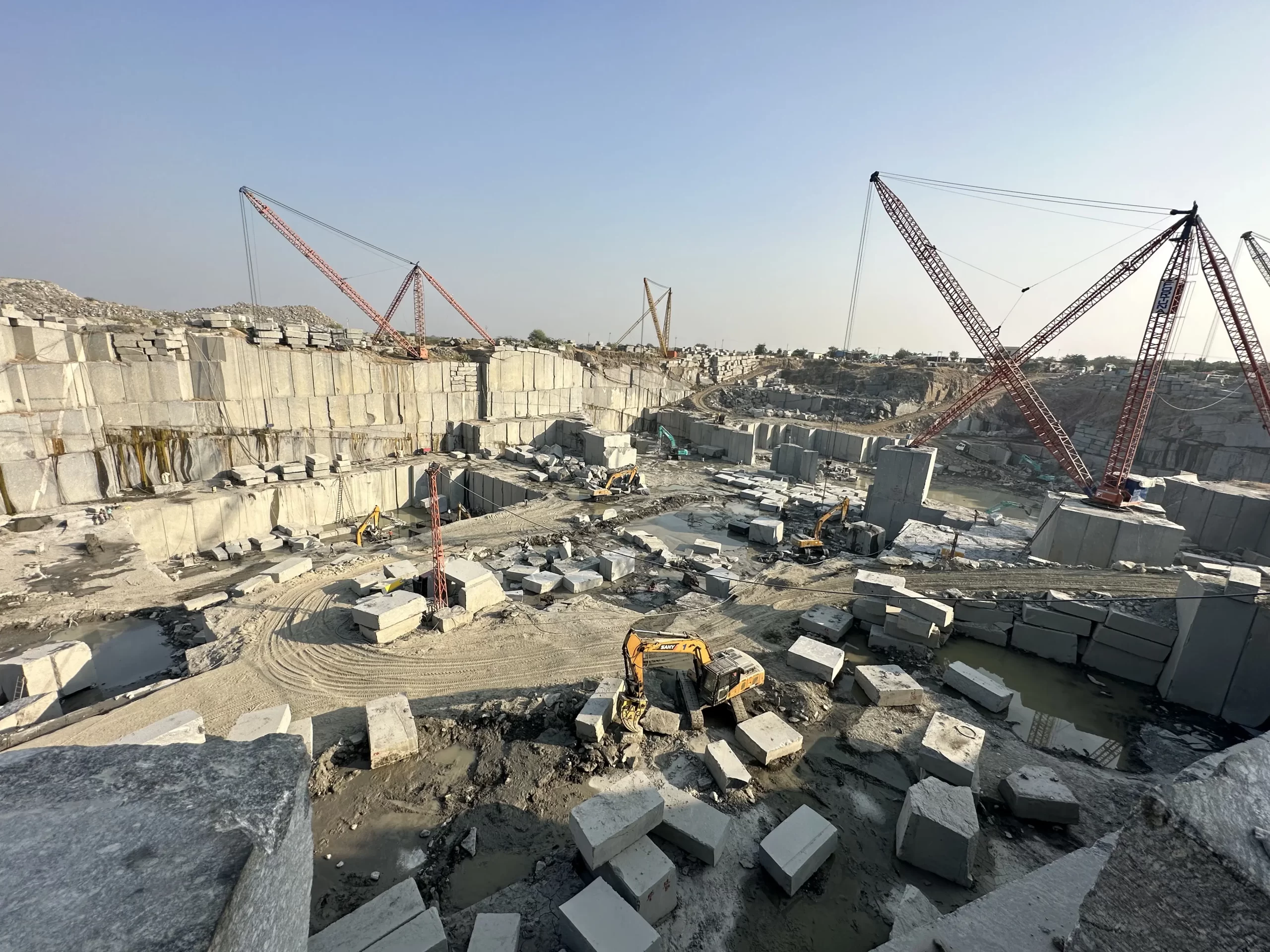Unveiling Granite Quarries in South Africa Heritage: A Journey Via Quarries
Unveiling Granite Quarries in South Africa Heritage: A Journey Via Quarries
Blog Article
Unveiling the Mysteries of Granite Quarrying: Where Strength and Sophistication Meet
The world of granite quarrying is a world where the raw stamina of nature assembles with human artistry to produce frameworks that stand the examination of time with an air of sophistication. From the depths of quarries to the thorough polishing in workshops, the procedure of changing granite right into building wonders is a complex dancing of custom and advancement. As we peer right into the midsts of this ancient craft, we start to discover the surprise details that shape the really essence of our constructed setting.
The Origins of Granite Quarrying
In the annals of architectural background, the beginnings of granite quarrying are shrouded in a tapestry of old workmanship and geological wonders. Going back to ancient Egypt and Mesopotamia, the extraction of granite from quarries marked the start of a trip that would eventually result in the creation of some of the world's most renowned structures.
Granite quarrying's origins can be mapped to the competent artisans who identified the rock's resilience and visual charm. With a combination of primitive tools and large resolution, these early quarry employees uncovered granite blocks that would certainly become the foundation of civilizations.
As worlds progressed, so did the methods of quarrying granite. The Romans, renowned for their design expertise, established innovative techniques for drawing out granite to create monuments, holy places, and roads that stood the test of time.
The heritage of these old quarrying methods remains to form modern-day style, with granite remaining a symbol of stamina and sophistication in building projects around the globe. (granite quarries in south africa)
Tools of the Quarrying Profession
The development of granite quarrying techniques from ancient human beings to modern times highlights the essential duty played by the tools of the quarrying sell shaping the market's techniques. In ancient times, quarrying devices were rudimentary, typically consisting of knives, hammers, and wedges made from products like bronze or iron. These devices called for considerable manpower and time to remove granite blocks from quarries.

In addition, the intro of pneumatically-driven devices and high-powered equipment has actually significantly lowered the physical labor required in quarrying operations, enhancing employee safety and efficiency. As the quarrying sector proceeds to introduce, the tools of the trade continue to be at the forefront of driving progress and forming the future of granite extraction.
Extracting Blocks of Granite
Using precision equipment and advanced techniques, the extraction of granite obstructs from quarries has actually become an innovative process in the modern quarrying sector. The preliminary step involves identifying the location and dimension of the granite deposit to establish one of the most reliable extraction technique. Once an ideal website is chosen, the view it now removal process begins with the exploration of holes for the positioning of nitroglycerins. Controlled blasting methods are after that employed to disintegrate the granite into workable areas.

Polishing and Ending Up Methods
To achieve a perfect surface on granite blocks, knowledgeable craftsmens use a collection of thorough sprucing up and completing methods. After the preliminary removal and forming processes, the granite blocks undergo a complete sprucing up phase to enhance their all-natural elegance and resilience.
Along with sprucing up, completing methods are used to more improve the granite's appearance. These strategies may consist of flaming, sharpening, or brushing, each offering unique appearances and surfaces to fit various visual preferences. Flaming, for instance, includes subjecting the granite surface area to heats to develop a rough, distinctive coating, ideal for exterior applications where slip-resistance is vital. Refining, on the various other hand, supplies a matte coating that is smooth to the touch, ideal for indoor countertops and floor covering. By very carefully picking and using these polishing and completing techniques, artisans can change raw granite blocks right into splendid pieces that showcase both strength and style.

Ecological Influence and Sustainability
With the growing emphasis on environmental awareness in the sector, granite quarrying techniques are increasingly inspected for their effect on all-natural resources and long-term sustainability. Quarrying for look at this site granite can have significant environmental ramifications. The extraction process frequently includes using hefty equipment, explosives, and big amounts of water, bring about habitat devastation, soil disintegration, and water air pollution. Furthermore, the transportation of granite from quarries to refining facilities creates carbon emissions, better adding to environmental deterioration. granite quarries in south africa.
To minimize these effects and guarantee sustainability in granite quarrying, sector stakeholders are taking on different steps. Executing innovative technologies to minimize energy intake and water use, recovering quarried land for environmental restoration, and promoting liable sourcing techniques are some methods being employed. Additionally, certifications such as the Woodland Stewardship Council (FSC) and the Management in Power and Environmental Layout (LEED) aid customers recognize eco pleasant granite items.
Final Thought
In final thought, granite quarrying is a process that calls for specialized devices and techniques to essence blocks of granite and polish them to a high degree of surface. While the ecological influence of quarrying can be considerable, efforts are being made to boost sustainability practices in the industry. Generally, granite quarrying is a fragile balance between using the strength and beauty of this natural rock while minimizing its impact on the atmosphere.
Report this page